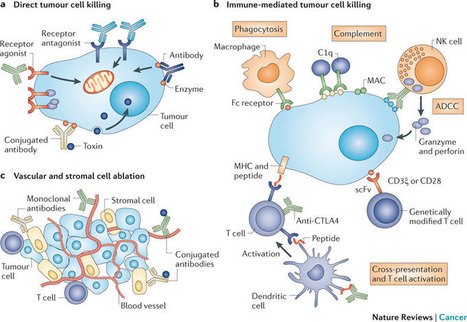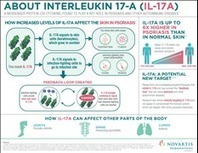The U.S. Food and Drug Administration today approved Bexsero, a vaccine to prevent invasive meningococcal disease caused by Neisseria meningitidis serogroup B in individuals 10 through 25 years of age.
Bexsero is the second vaccine approved by the FDA in the past three months to prevent this disease. The agency approved the first meningococcal serogroup B vaccine in October 2014. Before these approvals, existing approved meningococcal vaccines in the U.S. covered only four of the five main serogroups of N. meningitidis bacteria that cause meningococcal disease: A, C, Y and W.
Meningococcal disease is a life-threatening illness caused by bacteria that can infect the bloodstream (sepsis) and the lining that surrounds the brain and spinal cord (meningitis). N. meningitidis is a leading cause of bacterial meningitis. The bacteria are transmitted from person to person through respiratory or throat secretions (e.g., by coughing, kissing or sharing eating utensils). According to the Centers for Disease Control and Prevention, about 500 total cases of meningococcal disease were reported in the U.S. in 2012, of which 160 were caused by serogroup B.
Three studies evaluating Bexsero’s effectiveness were conducted in Canada, Australia, Chile, and the United Kingdom in approximately 2,600 adolescents and young adults. Among study participants who received two doses of Bexsero, after vaccination, 62 to 88 percent had antibodies in their blood that killed three different N. meningitidis serogroup B strains in tests carried out in a laboratory, compared with 0 to 23 percent before vaccination. These three strains are representative of strains that cause serogroup B meningococcal disease in the U.S.
The safety of Bexsero was assessed in approximately 5,000 participants who received the vaccine in studies conducted in the U.S. and abroad. The most commonly reported side effects by those who received Bexsero were pain and swelling at the injection site, headache, diarrhea, muscle pain, joint pain, fatigue, and chills. In addition, safety was monitored in more than 15,000 individuals who received Bexsero prior to approval in response to two university outbreaks of serogroup B meningococcal disease in the U.S.
Via Krishan Maggon



 Your new post is loading...
Your new post is loading...











The FDA used the accelerated approval regulatory pathway to approve Bexsero. Accelerated approval allows the agency to approve products for serious or life-threatening diseases based on evidence of a product’s effectiveness that is reasonably likely to predict clinical benefit, reducing the time it takes for needed medical products to become available to the public. In the FDA’s evaluation for accelerated approval, evidence of effectiveness was demonstrated by the ability of Bexsero recipients’ antibodies to kill the three representative N. meningitidis serogroup B test strains. As part of the accelerated approval process, the manufacturer will conduct further studies to verify Bexsero’s effectiveness against additional strains of N. meningitidis serogroup B.
Bexsero was granted breakthrough therapy status, which is intended to expedite the development and review of medical products that address a serious or life-threatening condition. The FDA worked closely with the company during the vaccine’s development, and was able to evaluate Bexsero’s safety and effectiveness and approve it two months in advance of its priority review goal date. At the time Bexsero was granted breakthrough therapy status, there were no other FDA-approved vaccines available to prevent serogroup B meningococcal disease.